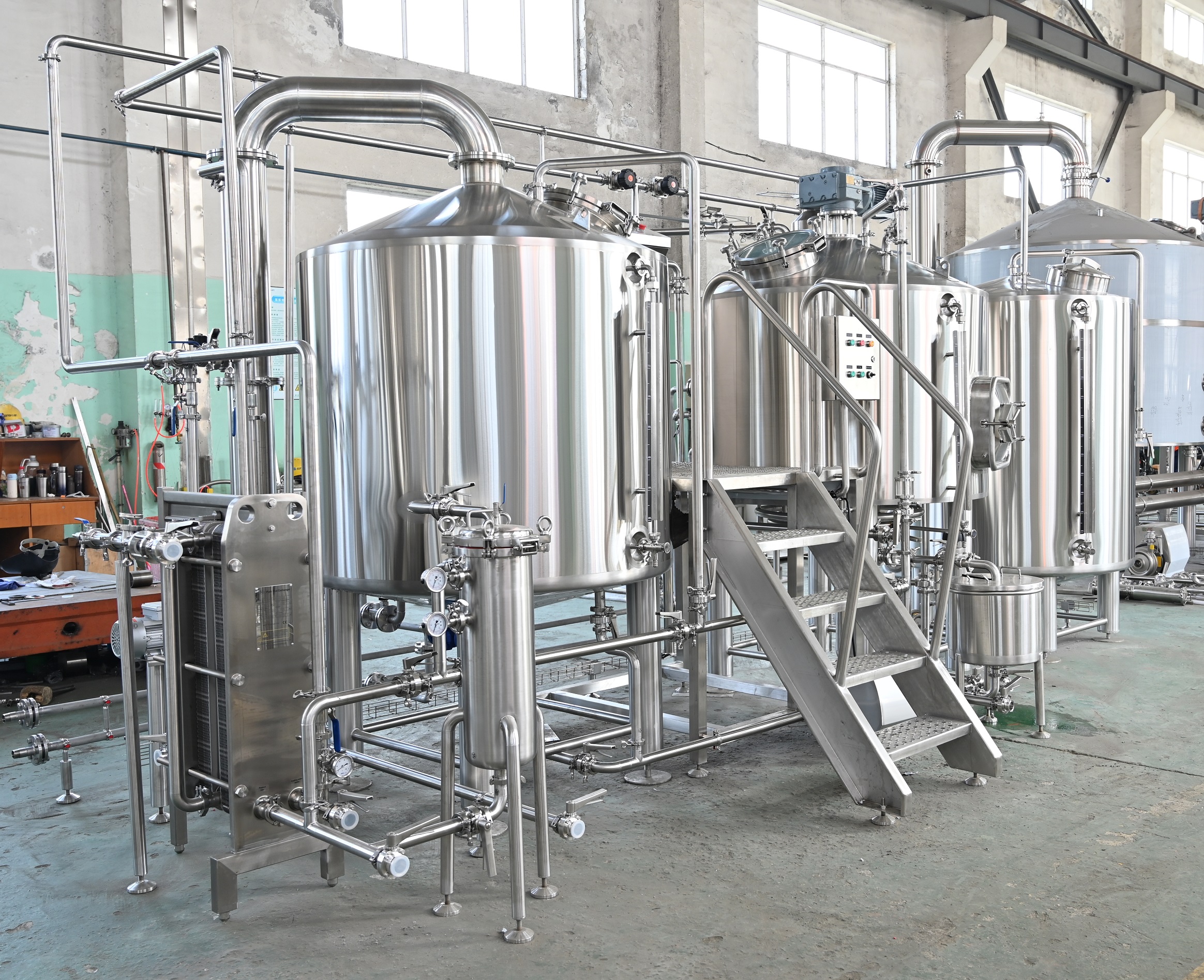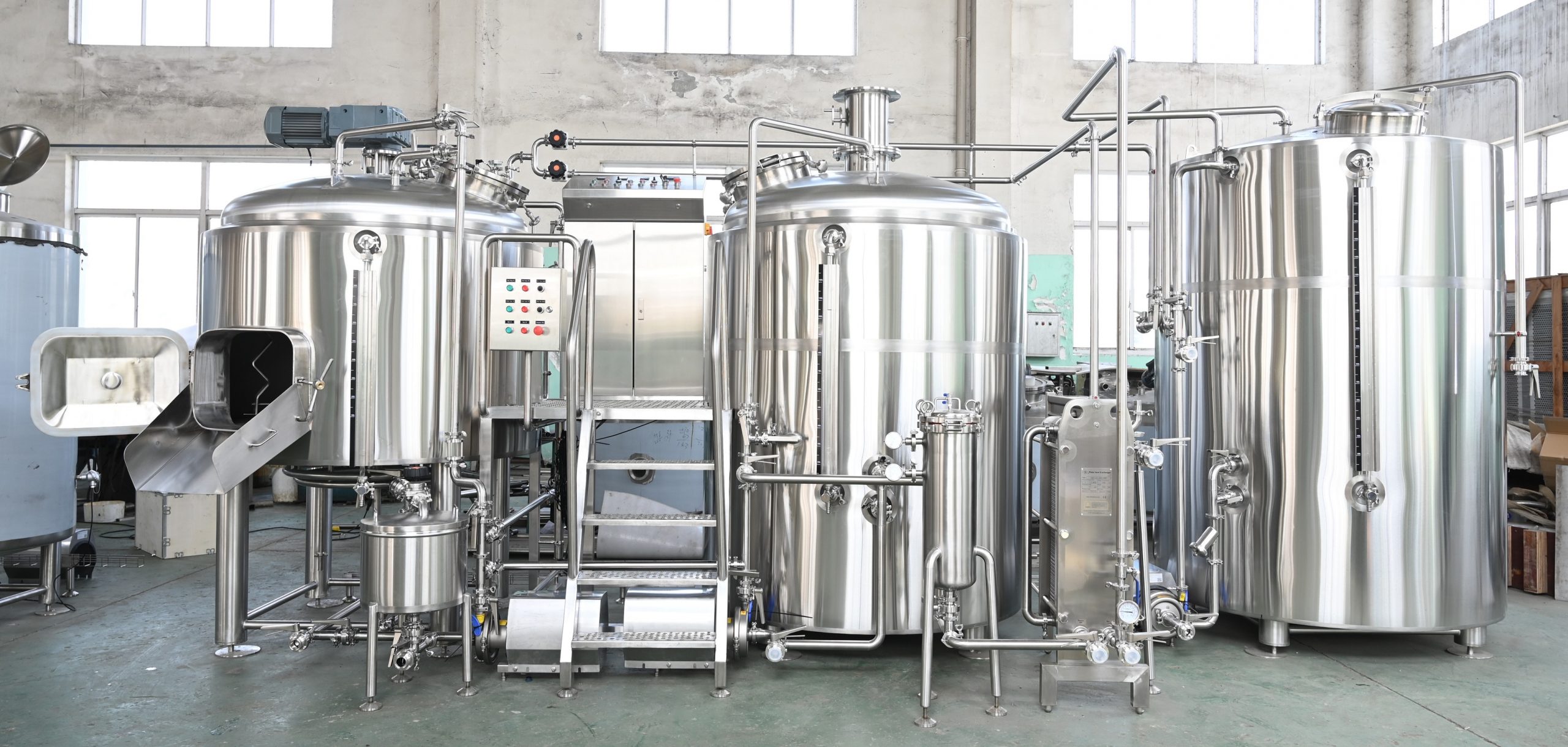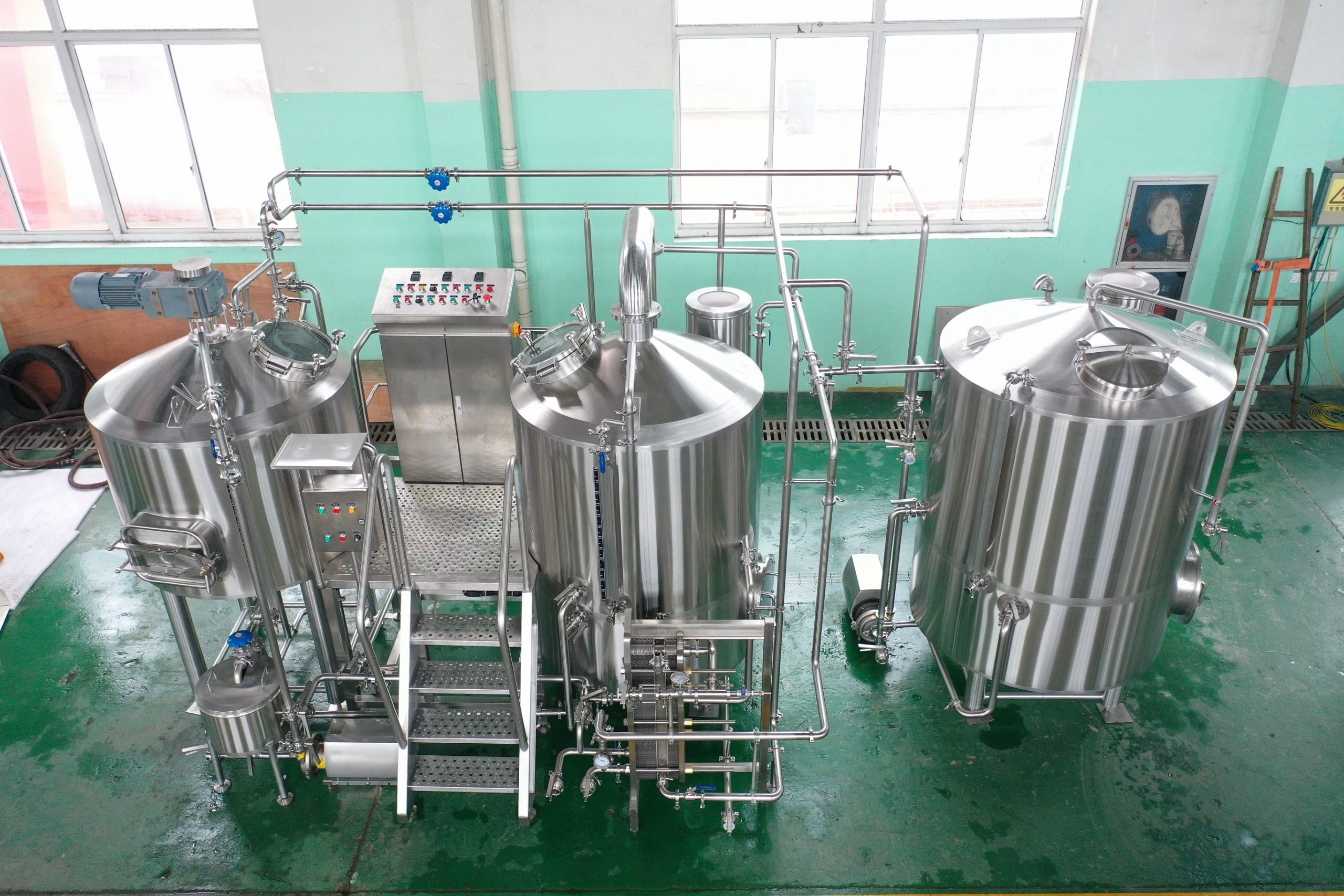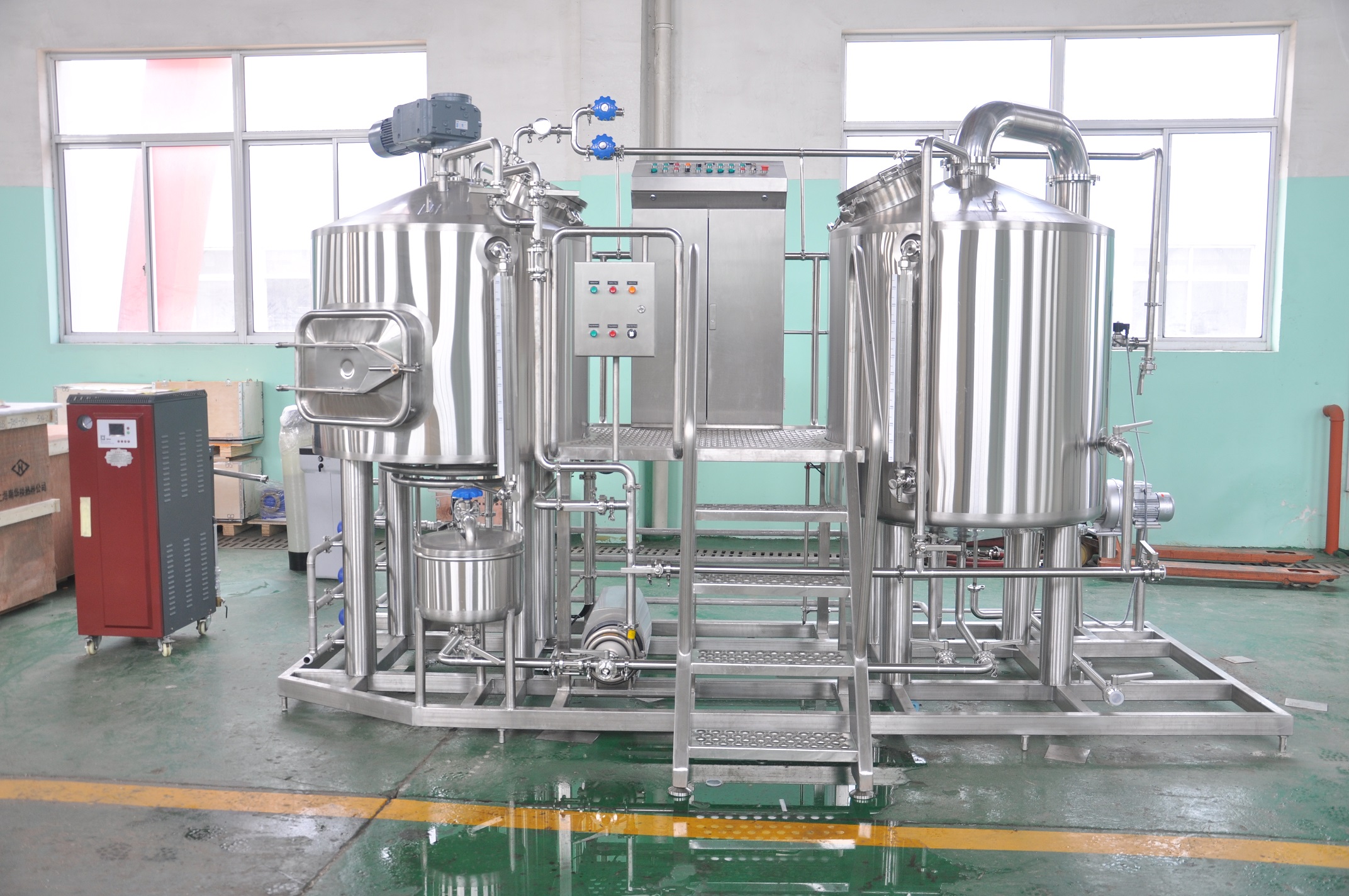
How Do I Prevent Scorching During Brewing In Brewhouse System?

To prevent scorching during brewing in a brewhouse system, consider the following measures:
Use a Mash Rake or Paddle: When mashing, use a mash rake or paddle to break up any dough balls and ensure even heat distribution. Stirring the mash prevents localized hot spots and minimizes the risk of scorching.
Maintain Adequate Liquid-to-Grain Ratio: Ensure that the mash has a proper liquid-to-grain ratio. A thicker mash (lower liquid content) can increase the likelihood of scorching, so aim for a consistency that allows for good fluidity and heat transfer.
Gentle Pumping: During the recirculation or wort transfer process, use a gentle and consistent pumping action. Aggressive or turbulent pumping can create localized hot spots and increase the likelihood of scorching.
Monitor Mash Temperature: Keep a close eye on the temperature during the mashing process. Excessive temperatures can contribute to scorching. Follow the recommended temperature ranges for each specific step of mashing.
Temperature Control: Use precise temperature control during mashing and boiling. Modern brewhouse systems often have advanced temperature control mechanisms. Keep the temperature within the recommended range to avoid scorching.

Employ Proper Sparging Techniques: During sparging, the process of rinsing the grains with hot water to extract the remaining sugars, avoid excessive sparge water flow rates or excessively high temperatures. These factors can increase the risk of scorching and tannin extraction.
Monitoring Flow Rates: Maintain appropriate flow rates during the brewing process. If the flow rate is too slow, the wort can dwell in the system for too long, increasing the risk of scorching. Conversely, if the flow rate is too fast, it may not allow for proper heat transfer, also leading to scorching.
Equipment Design: Ensure that your brewhouse system is designed to minimize scorching. Look for features such as internal agitators, optimized heat transfer surfaces, and efficient wort circulation mechanisms.
Optimize Wort Boiling: When boiling the wort, use a wide and shallow kettle if possible. This configuration allows for a larger surface area and better heat distribution, reducing the likelihood of scorching.
Stir Wort During Boiling: Vigorously stir the wort during the boiling process to promote heat distribution and prevent scorching. Additionally, ensure the wort is not boiling too vigorously, as a rolling boil can increase the chances of scorching.
Monitor Wort Flow: Ensure a consistent and smooth flow of wort during the brewing process. Avoid any interruptions or blockages that could cause localized overheating and scorching.
Consider Heat Exchangers: Utilize heat exchangers to cool the wort efficiently after boiling. Quick cooling helps minimize the time the wort spends at high temperatures, reducing the risk of scorching.
Regularly Clean and Maintain Equipment: Thoroughly clean the brewhouse equipment, especially heat transfer surfaces, to remove any buildup or residues that could contribute to scorching. Regular maintenance ensures optimal performance.
Refer to Manufacturer Guidelines: Consult the manufacturer’s guidelines and recommendations for your specific brewhouse system. They may provide additional insights or instructions on preventing scorching.

Remember, each brewhouse system may have unique considerations and specifications, so it’s crucial to familiarize yourself with the specific equipment you are using and follow best practices provided by the manufacturer or experienced brewers.



















